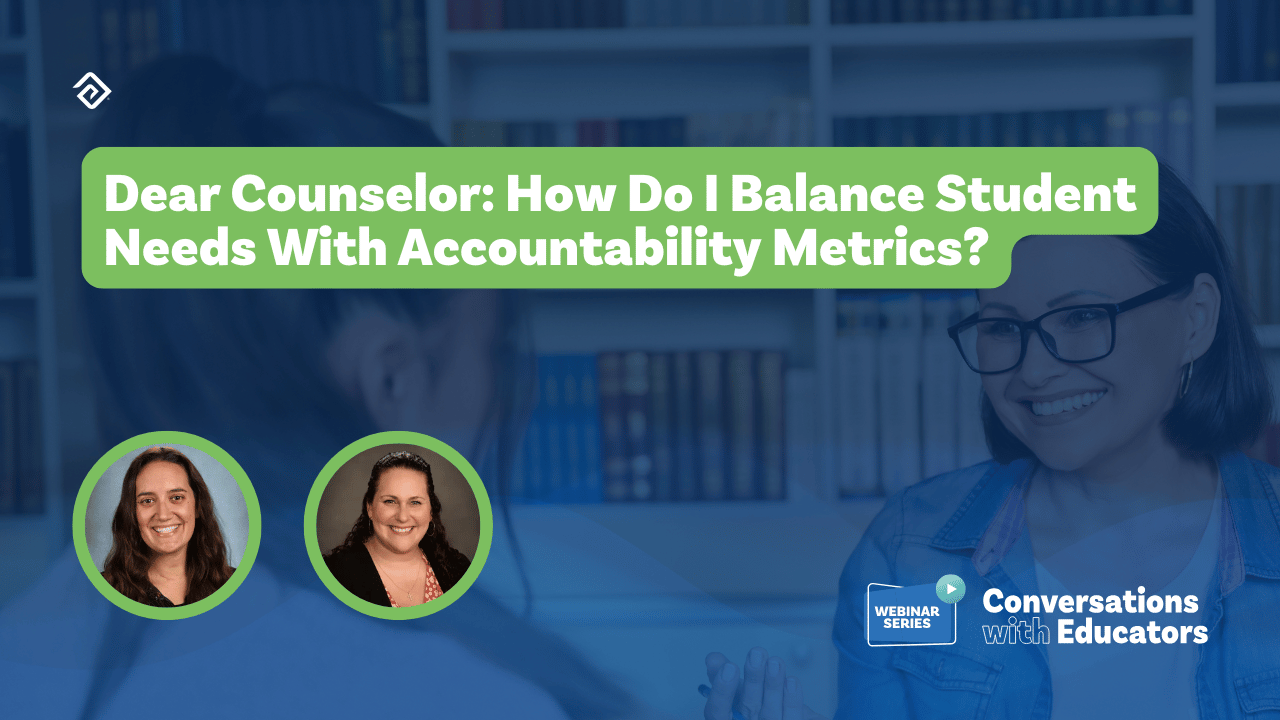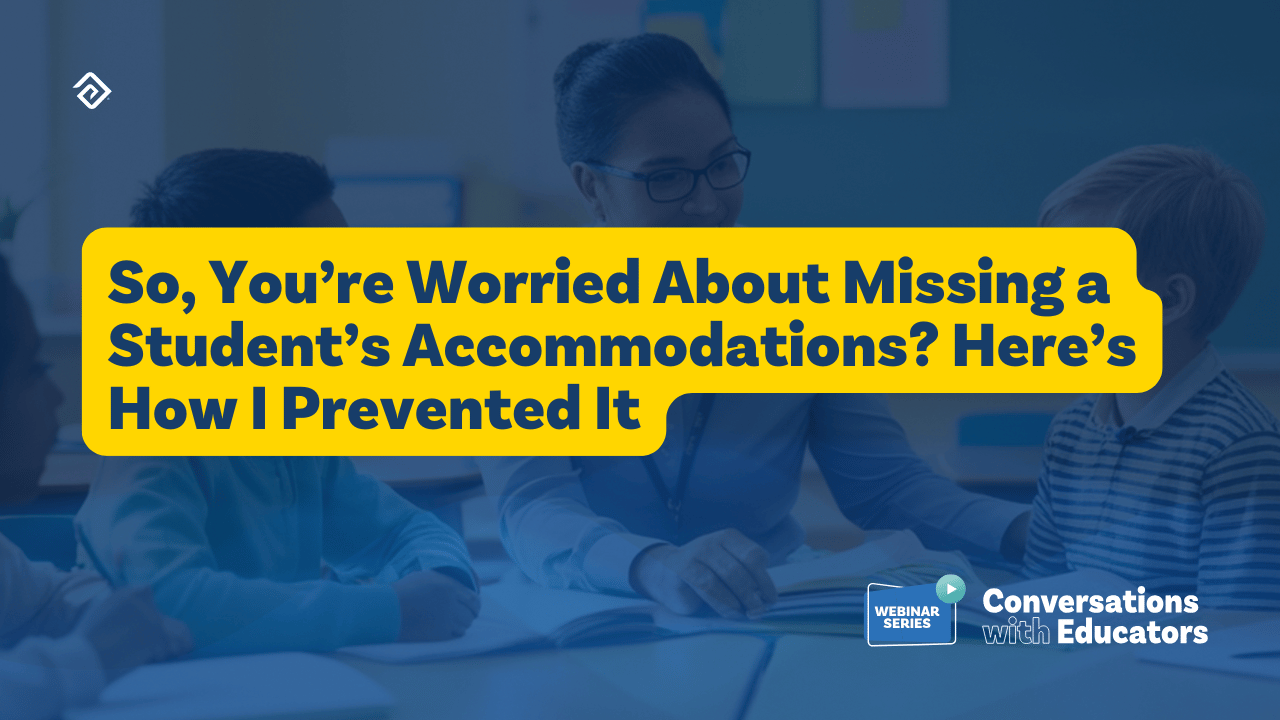Resources for English Language Learners

English Language Learners resources are tools and materials that help people learning English improve their language skills. These resources include books, language learning apps, online courses, educational websites, and more.
The goal of these resources is to facilitate the language acquisition process and support English Language Learners (ELLs) in achieving fluency and effective communication in the English language.
Language Learning Apps for ELLS
These apps serve as digital language teachers, assisting ELLs in practicing speaking, listening, and reading English in an accessible and engaging manner.
- Tandem: This language exchange app allows English Language Learners to connect with native English speakers. Users can engage in conversations, correct each other’s language, and gain cultural insights. It is an effective way for ELLs to practice speaking and improve their language skills in a real-world context.
- Duolingo: This valuable free language learning app provides English courses in over 35 first languages. Its interactive software turns learning into a game, allowing students to challenge themselves or compete with friends.
- English Club ESL Quizzes: This popular website features various web-based quizzes covering a range of topics, such as general knowledge, listening, spelling, vocabulary, and reading for English Language Learners.
- Babbel: A leading language learning app that focuses on practical English skills for everyday use. It provides short English language lessons created by expert linguists.
- Busuu: This app offers offline language lessons covering grammar and pronunciation. These lessons can be accessed without an internet connection, making it convenient for English learner students.

Language Learning Podcasts
Tune in to these podcasts to enjoy English conversations on the go. They enhance listening and speaking skills while providing a portable way to practice English.
- Real English Conversations: This podcast features natural conversations between native English speakers, helping learners improve their listening and comprehension skills.
- Podcasts in English: This website hosts free conversational English podcasts. English Language Learners have the option to browse episodes based on their chosen topic and proficiency level.
- ESL Podcast: This podcast offers real-life English conversations, explanations of idiomatic expressions, and vocabulary lessons.
Websites for Interactive Learning
These websites offer interactive lessons and activities that actively engage ELL students in their English learning process. Users can find quizzes, games, and exercises to enhance their language skills.
- ESL Video: This website helps students get better at listening, speaking, grammar, and vocabulary. Teachers create free quizzes and lessons for students to use in class or at home.
- Activities for ESL Students: This website offers lots of quizzes, exercises, and puzzles for English learners of all levels.
- American English Resources: The resources on this website can assist ELLs and support teachers’ professional development. Teachers can access various materials to enhance their teaching, while students can use resources to learn English and explore American culture.
- English Interactive: This website has activities to help English Language Learners with speaking, listening, reading, writing, and more.
- English Media Lab: At English Media Lab, there are exercises suitable for English learners of all levels. Students can complete grammar exercises, watch vocabulary videos, practice pronunciation, and take quizzes.
YouTube Channels and Video Lessons for ELLs
YouTube hosts a wealth of educational content, including English lessons. Explore these channels to access informative video lessons that enable ELLs to improve their English skills at their own pace.
- VOA Learning English: On this YouTube channel, news reports in American English are presented with subtitles and read at a slower pace to aid comprehension.
- English Addict with Mr. Duncan: Mr. Duncan's YouTube channel is among the most loved by English learners. He shares short, interesting videos to help learners improve their English skills.
- Rachael’s English: Rachael’s YouTube channel focuses on English pronunciation and accent reduction, helping learners sound more natural.
- Learn English with EnglishClass101: This YouTube channel provides comprehensive English lessons, including audio and video content, suitable for learners at all levels.

Resources for ELL Teachers
Supporting ELLs is a crucial task for teachers, and these resources can aid teachers in their mission to help students learn English effectively.
- Resources for English Language Learners: The National Education Association (NEA) has a special page for teachers. On this page, teachers can find helpful teaching techniques, lesson plans, and materials for ELL students. The page also has resources that help teachers get better and articles with good ideas for teaching English effectively.
- Colorín Colorado: This invaluable resource center for teachers provides a wide range of lesson plans, teaching methods, and classroom activities suitable for different English language proficiency levels.
- World-Class Instructional Design and Assessment (WIDA): A division of the Wisconsin Center for Education Research, WIDA provides teachers with various resources, such as teaching materials and assessment instruments for appraising ELLs’ language skills and tracking their development.
- Teaching English to Speakers of Other Languages (TESOL): TESOL offers a wealth of resources, including articles, research papers, and publications covering language assessment and cultural competence, among others. Additionally, TESOL provides a space for teachers to interact through discussion boards and online communities.
Supportive Materials for ELL Students and Their Families
Learning English often involves the whole family. These materials provide guidance and resources for English learner students and their families, contributing to their success in language learning and English proficiency.
- Bilingual Education & English as a New Language: The New York State Education Department hosts a web page for ELLs and their families. It has links to groups that help ELLs and their families overcome language challenges in school.
- Randall’s ESL Cyber Listening Lab: This website features a wide range of audio recordings at varying difficulty levels. English language learners can listen to conversations and interviews followed by comprehension questions to gauge their grasp. It also offers links to videos, podcasts, and other sources for additional language support.
- Storyline Online: This website presents video recordings of famous actors reading children’s books aloud. It also provides activity guides and worksheets to help families engage with the stories and improve reading comprehension. It is a fun way to boost reading skills.
Local Resources and Assistance Programs for ELLs
While online resources are valuable, there are instances when ELL students may require additional face-to-face support for their language learning. Thankfully, numerous U.S. states and individual school districts extend local assistance to English Language Learners.
ELLs can take advantage of the following local resources and assistance programs to improve their language skills:
- Personalized Tutoring Services: ELLs can receive one-on-one or small group tutoring to focus on specific language needs, like pronunciation, grammar, and conversation skills.
- Resources at Public Libraries: Public libraries offer language learning materials, software, and events, providing easy access to language practice and interaction with native speakers.
- School Social Work Programs: Social workers in schools assist ELLs by addressing social, emotional, and cultural aspects of their language learning journey, ensuring a supportive school environment.
Conclusion
EL resources help schools create inclusive learning environments that support ELLs in their academic and social growth. It is also important to ensure all students, both ELL and non-ELL, are on track to graduate. Tools like Pathways assist schools in monitoring student progress effectively.
If your school is interested in new ways to improve the learning experience for children, you may also be interested in automating tasks and streamlining processes so that your teachers have more time to teach. Education Advanced offers a large suite of tools that may be able to help. For example, three of our most popular and effective tools are:
- Cardonex, our master schedule software, helps schools save time on building master schedules. Many schools used to spend weeks using whiteboards to organize the right students, teachers, and classrooms into the right order so that students could graduate on time and get their preferred classes. However, Cardonex can now be used to automate this task and deliver 90% of students' first-choice classes within a couple of days.
- Testhound, our test accommodation software, helps schools coordinate thousands of students across all state and local K-12 school assessments while taking into account dozens of accommodations (reading disabilities, physical disabilities, translations, etc.) for students.
- Pathways, our college and career readiness software, helps administrators and counselors create, track, and analyze graduation pathways to ensure secondary students are on track to graduate.
- Evaluation, our teacher evaluation software, which documents every step of the staff evaluation process, including walk-throughs, self-evaluations, supporting evidence, reporting, and performance analytics.

More Great Content
We know you'll love




